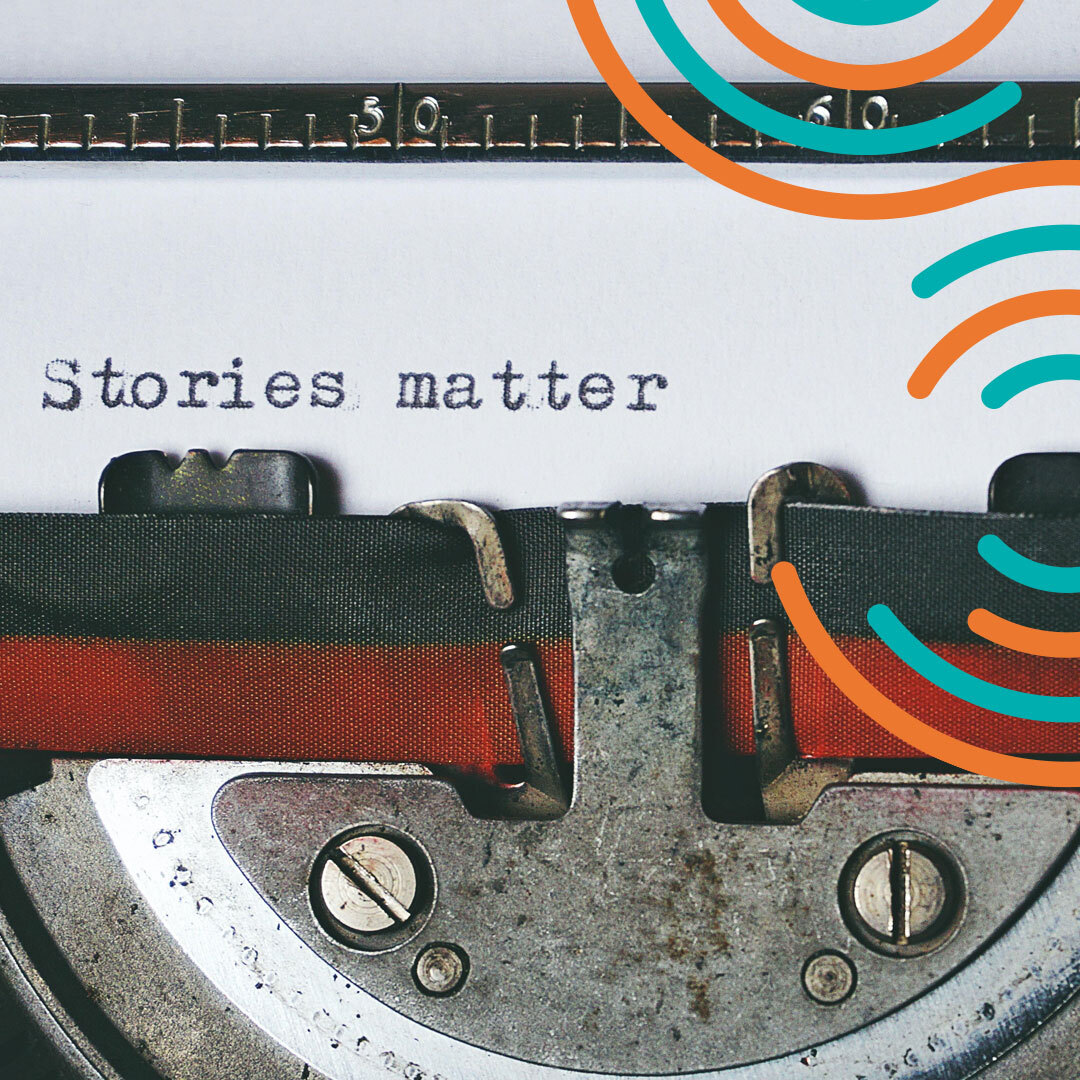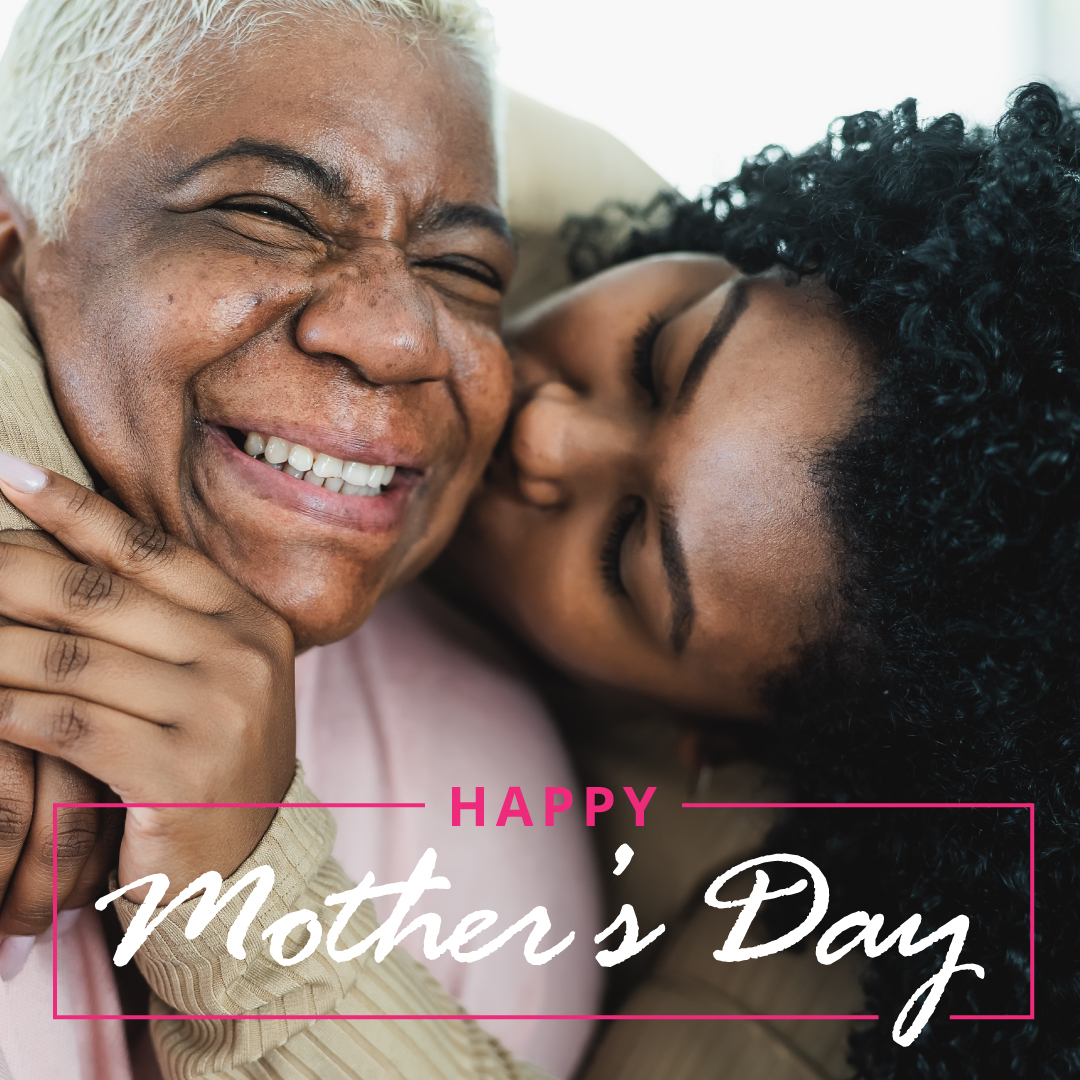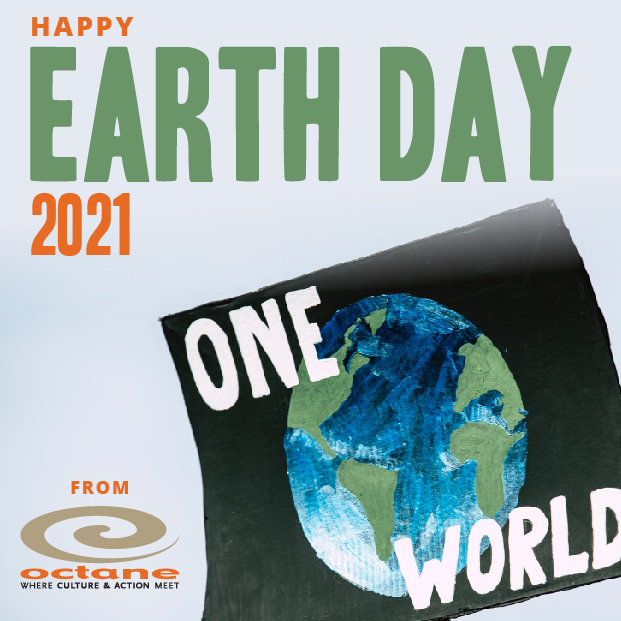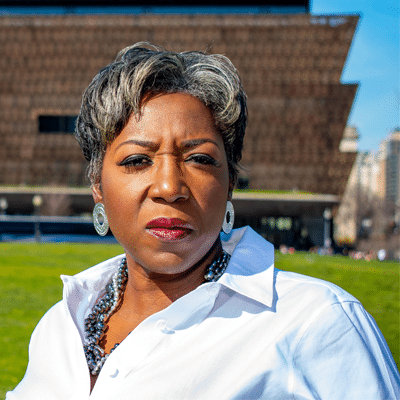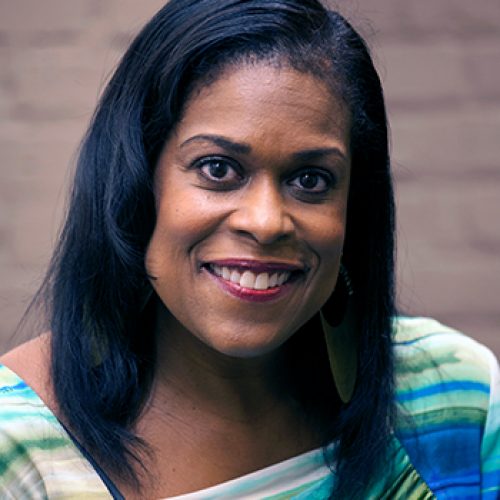In this digital world, a business’s ability to not only have an online presence but also build and maintain an engaging and well-functioning website can be a huge aspect of success… or lack of success. Statistically speaking, over 50% of potential clients will not purchase from you or recommend your services if you have a poorly designed website or one that is not user-friendly.
There is no need to worry, though! Almost anyone at any technical skill level can create and run a website in today’s day and age! Pairing the use of DIY website builders with the below tips for success will get you started on the right foot with a strong digital presence.
Plan it Out
“By failing to prepare, you are preparing to fail.”
Planning a website is just as important, if not more, as creating one. The best way to start building your business’ website is by answering the following questions:
- Who is the audience?
- What is the tone?
- What goals will the website help the business accomplish?
- What features need to be present?
- Subscriptions
- Shopping cart
- Gallery
- Blog
- FAQs
- Social media links
- Booking or contact page
- What message will it convey?
- What pages are needed and how should they be laid out?
- How will the “lay of the land” look and feel to visitors?
Once the above questions are answered thoroughly, organize the information like a storyboard for your website. This will help you not only check off what your site needs to be most successful but also ensure that you have the proper content created and plugged into each necessary piece before you launch.
Keep it Simple
Keep in mind that the best-performing websites are customer-centric and designed to inform visitors in an interesting and engaging way. According to studies, over 80% of Americans have negative feelings about companies with poorly performing websites and mobile apps. A user-friendly website ensures that the visitors can get the information they need or want without having to search for it – basically, build your website to make it super-easy for people. This includes content strategizing, speed, placing important information front and center, and making sure the site has the proper mobile optimization.
Mobile-Friendly Pages
Our world is driven by technology. Everyone has a smartphone or tablet which is why mobile internet traffic has surpassed traffic on desktops consistently each year. Ensuring that your website is mobile-friendly is not only convenient for your potential customers but a necessity for your business due to the way mobile technology is used today.
The algorithm for Google also encourages sites to be mobile-friendly. By complying, your content will be more shareable and more effective, and your website will perform higher in search results. You will also remain competitive with other companies in your industry that have integrated a mobile version of their site and have a successful digital marketing program.
The best ways to ensure that your site is working properly across all technologies are
- Compress images
- Make site responsive – meaning the website will automatically change to the size of the screen it is used on
- Make the important information upfront and center – this prevents users from having to search your website and keeps a good bounce rate
- Be sure to TEST! – before your site goes live, make sure you test it across every technical tool to ensure it is properly optimized
Search Engine Optimization (SEO)
SEO is critical for the quality and quantity of your website traffic! It uses organic search engine results to expose your brand to a wide range of your target audience. So it basically makes it easier for people who are interested to find you. Knowing what your desired customers are searching for online can help you create the content that they want to see and thus allow you to connect to them and build brand loyalty.
The best suggestions to have a good SEO ranking are to
- Create and publish content that is related to your audience
- You can do this by thinking of what phrases or words your target audience will search for online when looking for your product or service. Add that word or phrase to your URL, page title, page headings, and page subheadings. Repeat the keyword or phrase throughout the copy of the page you’re trying to get more traffic to – but don’t overdo it! Be sure to keep the communication as natural a relatable as possible.
- Content updates
- Add reminders in your calendar to make content updates to your website regularly. Doing this will indicate to search engines, like Google, that your site is true and applicable. Once that signal is given to search engines, it will bump your website up on the list of searchable sites.
- Links
- Within the copy of the page, be sure to write out link destinations and add a hyperlink to said destination. Avoid using “click here” as a way to add links on your website as search engines do not hold it as link-worthy.
To learn more about SEO and Usability, check out this blog.
It’s clear that a compelling website is important for your business’ success – especially nowadays. To get started on creating the most powerful way to reach your audience online, here are some suggestions for website builders, or connect with our dedicated digital team. Happy creating!
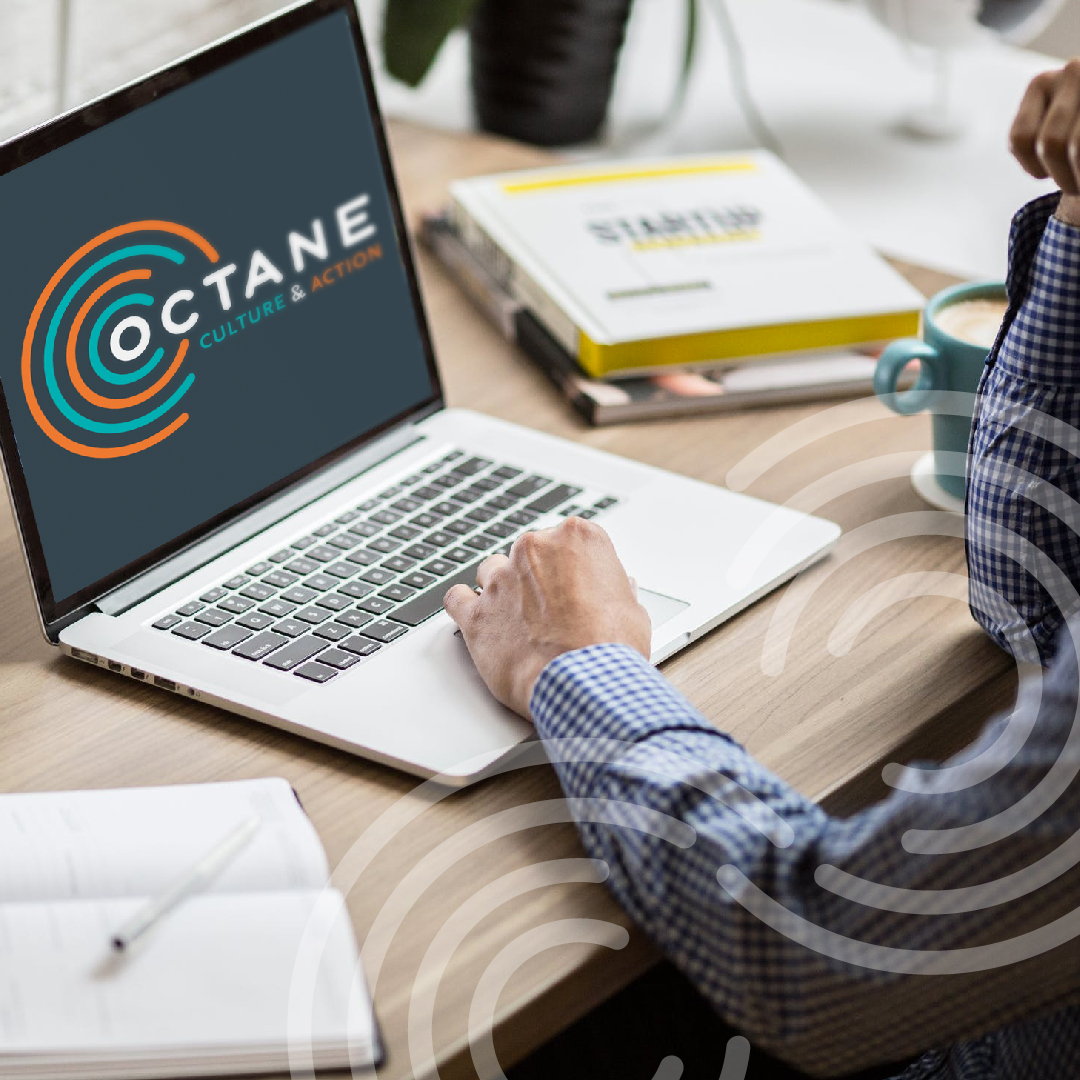
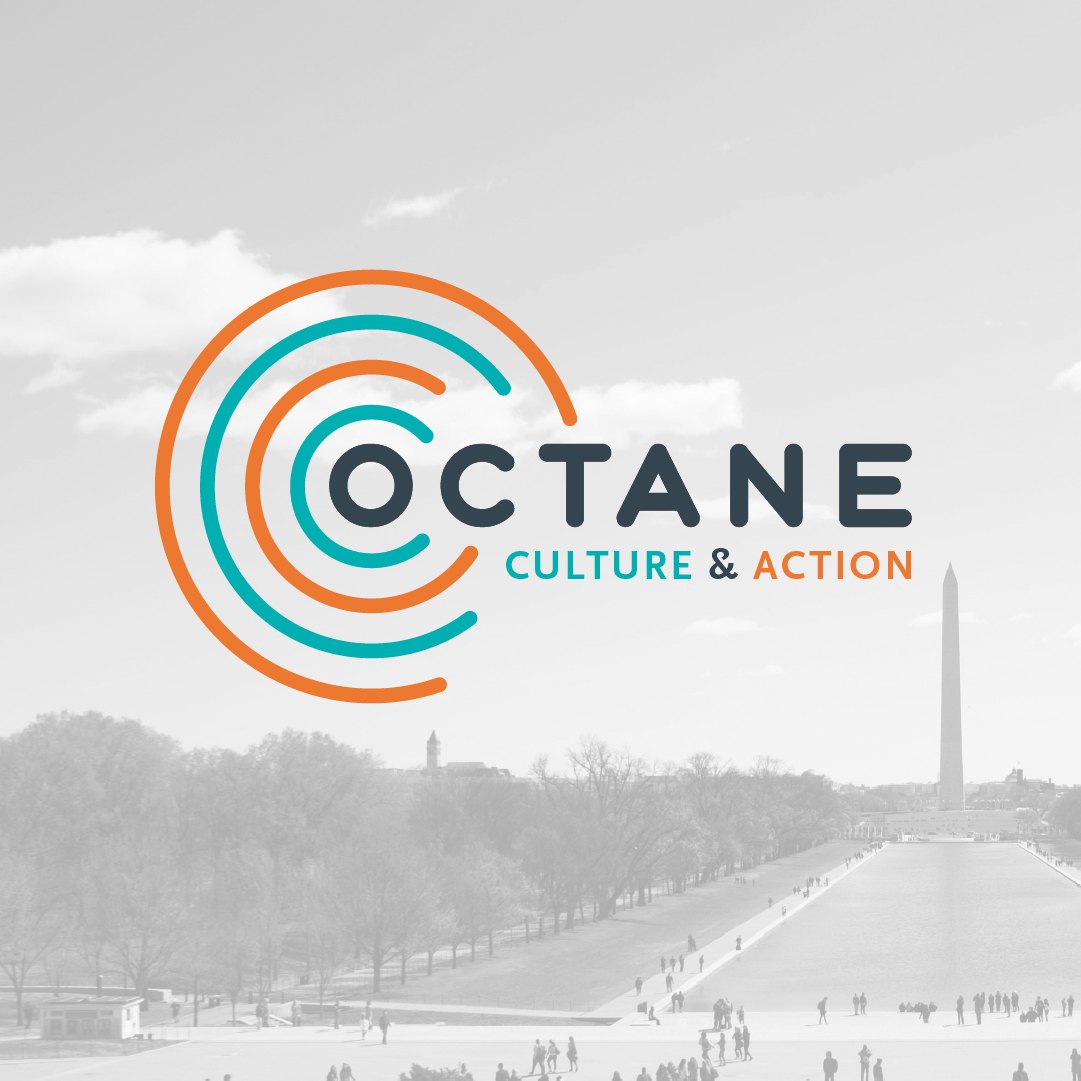
 Octane’s new brand identity.
Octane’s new brand identity.